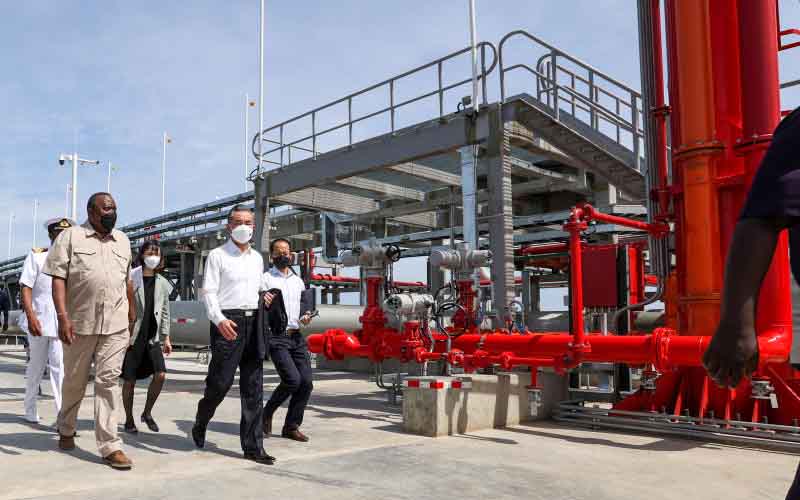×
The Standard e-Paper
Fearless, Trusted News

President Uhuru Kenyatta with visiting State Counsellor and Minister for Foreign Affairs of the People’s Republic of China Mr Wang Yi during an inspection tour of the ongoing construction of the new offshore Kipevu Oil Terminal at the Port of Mombasa. [Courtesy]
President Uhuru Kenyatta has said the country would save Sh2 billion levied by oil carriers for delays at the Port of Mombasa once the new terminal is ready in March.